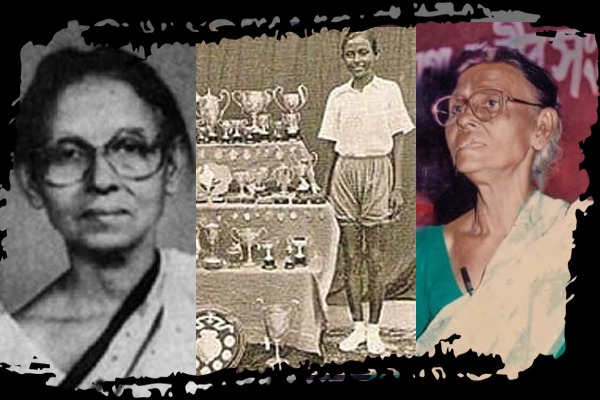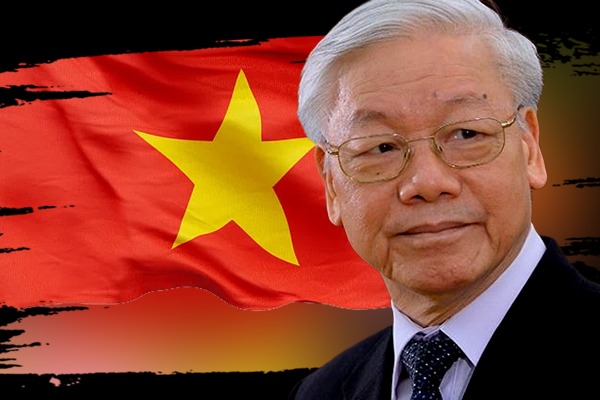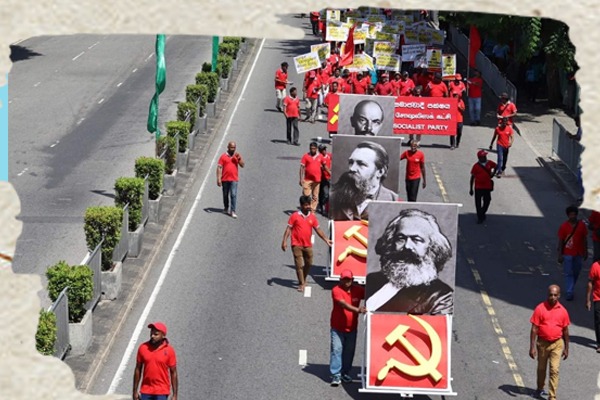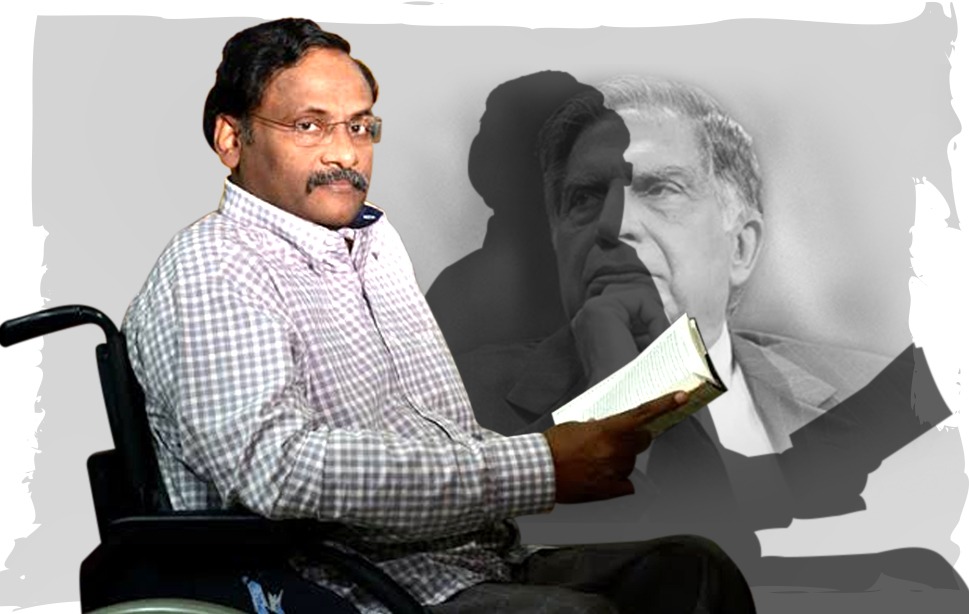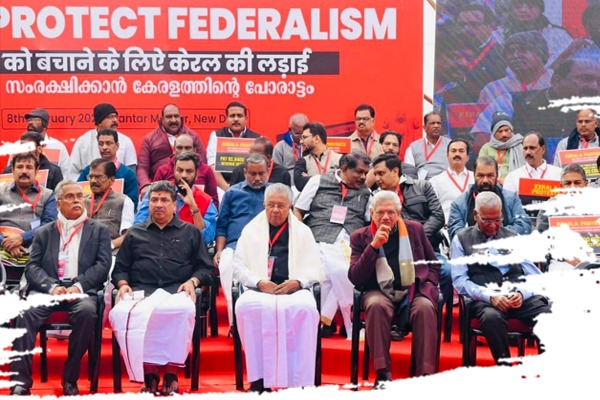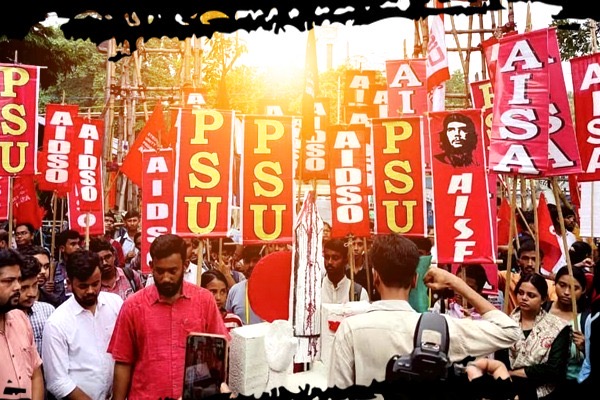Ela Mitra was not merely a name—she was the living embodiment of a revolution, a philosophy, and a symbol of courage and resistance. A tireless fighter for women’s emancipation and a leader of peasants and Santal communities, the ‘Ranima of Nachole’ (Queen of Nachole, a region in present-day Bangladesh), she remains an eternal flame in Bengal’s history. Her fearless stand against exploitation, uncompromising struggle for justice regardless of gender, and moral clarity in defending the poor have made her one of the most luminous figures of her time.
October 18 marks the centenary of this legendary woman’s birth, coinciding with 23 years since her passing. Yet, Ela Mitra—ever radiant and defiant—refuses to belong solely to the past. Today’s generation must rediscover the ‘Ranima of Nachole’, who stood silently but unshakably against the oppression of both colonial India and newly-formed Pakistan.
Early Life and Education
Born on October 18, 1925, in Calcutta (now Kolkata) as Ela Sen, she was affectionately annoyed Pakhi – ‘the bird’. Her father, Nagendranath Sen, served as Accountant General under the British colonial administration. Their ancestral home was in Bagutia village, Jhenaidah, then part of Jessore district in Bangladesh. Due to her father’s official postings, the family resided in Calcutta, where Ela attended Bethune School and later Bethune College. She earned her B.A. in 1944 and, in 1958, completed an M.A. in Bengali Language and Culture from the University of Calcutta.
Even as a schoolgirl, Ela demonstrated remarkable discipline and drive. Between 1935 and 1938, she was the State Junior Athletics Champion, excelling in swimming, basketball, and badminton. She also pursued music, acting, and other cultural activities, demonstrating a holistic engagement with life.
In 1940, Ela Mitra became the first Bengali woman selected to represent India at the Olympic Games in Japan, an event ultimately cancelled due to World War II. Her indomitable spirit and commitment to excellence had already announced her as an extraordinary figure.
Entry into Politics
Ela Sen’s political journey began through the women’s movement. In 1943, she joined the Calcutta Mahila Samiti (Calcutta Women’s Association), which that year campaigned against the Hindu Code Bill. Ela actively opposed conservative orthodoxy and participated in numerous public demonstrations.
Through the Mahila Atmaraksha Samiti (Women’s Self-Defense Association), she mobilized women around social and political equality. At the young age of 18, Ela Sen joined the Communist Party of India, marking the beginning of her fearless, lifelong struggle for justice.
Sardar Fazlul Karim once remarked: ‘Eladi, you are not dead — you are alive. Our debt to you is endless. You are with us, among us, and at the very frontlines of our struggle. We say — Joytu Ela Mitra, Joytu Ela Mitra!’ (Joytu translates roughly to ‘Hail’ or ‘Long live’.)
Marriage and the Road to Nachole
In 1945, Ela Sen married Ramendra Nath Mitra, a revolutionary communist and son of Jamindar (landlord system imposed during Mughal and British rule) Mahimchandra Mitra of Ramchandrapur Hat, Malda. From a brilliant student of Bethune College, she became the daughter-in-law of a conservative landlord family—thus beginning her life as Ela Mitra.
Initially confined to the andarmahal (inner quarters of the household), Ela sought freedom beyond domestic walls. She responded to a request from villagers to teach local girls. Under the initiative of Altaf Mia, a friend of her husband, a girls’ school was established at Krishnagobindapur, marking Ela’s first step toward becoming the beloved Ranima of Nachole.
Encouraged by her husband, who had renounced his Jamindari (system in which landlords owned large tracts of land and collected rent from tenant farmers) privileges to fight for peasants, Ela became increasingly involved in rural activism. Between 1946 and 1950, she emerged as a key figure in the Tebhaga Movement in the Rajshahi region.
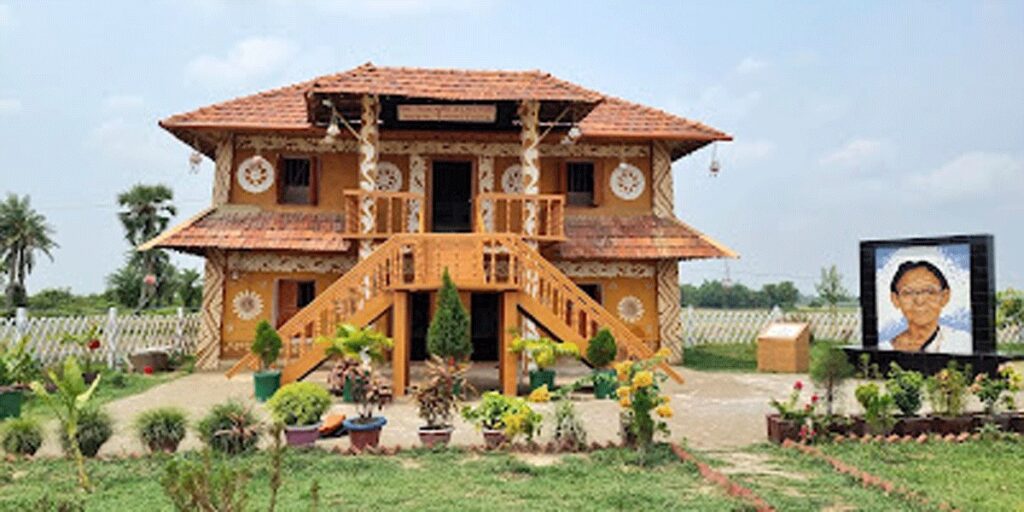
The Tebhaga Struggle and Persecution
The famine of 1943—known in Bengal as ‘Panchasher Monnontor’ (The Bengal Famine of 1943)—laid bare the cruelty of the colonial economy and the desperate condition of Bengal’s peasants. Out of this humanitarian catastrophe emerged the Tebhaga Movement, a radical peasant uprising that demanded sharecroppers (bargadars) retain two-thirds (tebhaga) of the harvested produce, instead of the customary half, which had long enriched the Zamindars (landlords) under the exploitative Zamindari system.
Led by the Communist Party of India and the All India Kisan Sabha (Peasants’ Association), the movement spread across Bengal’s countryside. In Nachole and Nawabganj, Ela Mitra and Ramendra Mitra worked underground among landless peasants, organizing resistance and raising political consciousness.
Even after the Partition of India in 1947, they refused to migrate to India, choosing instead to continue the struggle within East Pakistan (now Bangladesh). Their decision symbolized not only ideological commitment but also solidarity with the peasantry that had borne the weight of both colonial and feudal oppression.
The Pakistani regime retaliated with severe repression. Ela Mitra was arrested and made the principal accused in the Nachole Uprising, alongside 23 other peasant leaders, all of whom were sentenced to life imprisonment. Magistrate K. Ahmed’s record from January 16, 1950, preserves a fragment of her testimony: “Brindaban and I left for Rahanpur at dawn. Around 10 a.m., we were arrested.”
According to Maleka Begum’s biography, Ela Mitra: The Leader of Nachole’s Tebhaga Movement, she endured inhuman torture in custody—her legs were crushed, her body burned, and she was subjected to sexual violence.
National and international outrage followed. In 1954, when the United Front came to power in East Bengal, Ela Mitra was released on medical parole. She travelled to Calcutta, where she continued to work for social justice and women’s rights—never returning to East Pakistan.
Historical Note: Panchasher Monnontor
The term Panchasher Monnontor literally translates to ‘the famine of the year 1350’ in the Bengali calendar (corresponding to 1943 CE). This catastrophic famine, under British colonial rule, claimed nearly three million lives through acute food shortages, forced hoarding, and wartime economic mismanagement. It not only exposed the structural violence of colonial policy but also awakened rural consciousness, giving birth to peasant-led movements such as Tebhaga, which redefined the agrarian politics of South Asia.
Later Years and Legacy
In India, Ela continued her education, earned her Master’s degree, and taught at City College, Calcutta. She remained an active leader of both the Communist Party of India and the women’s movement.
During Bangladesh’s Liberation War of 1971, Ela Mitra campaigned in India to build public support for independence. In recognition, the Government of Bangladesh awarded her the Muktiyuddha Maitree Sammanana (Friend of Liberation War Honour).
Ela Mitra was also a scholar and translator. She translated several Russian works into Bengali, with her translation of Hiroshima’s Girl earning the Soviet Land Nehru Award. She remained politically conscious and active until her death in 2002, embodying defiance, intellect, and compassion.
Maleka Begum writes aptly: ‘There is no ending to Ela Mitra. Her history, her legend, her truth—are all endless.’ Indeed, Ela Mitra was a woman who could never belong to the past. Her vision was a revolution that would uproot exploitation not only in India but across the impoverished world.
Memory and Meaning Today
Her ancestral home in Bagutia, once nine rooms wide, now stands in ruins. Hundreds of acres of land have been seized by powerful interests. Although declared a heritage site in 2014 and gazetted in 2017, no signage commemorates her legacy. This neglect reflects bureaucratic apathy and societal amnesia.
Preserving Ela Mitra’s memory is not mere homage; it is a moral responsibility. Her life demonstrates that courage is strength, uncompromising patriotism is honor, and resistance is duty. Standing against injustice requires conviction—heart, mind, and moral vision.
The Tebhaga Movement underscores that political freedom is insufficient without economic and social liberation. Remembering Ela Mitra is therefore not nostalgia but a call to action, a reminder that justice survives only when defended by the people.
‘If you do not stand against injustice, no one will. If you do not protect history, no one will.’ Ela Mitra’s message remains alive—fierce, luminous, and endless.

